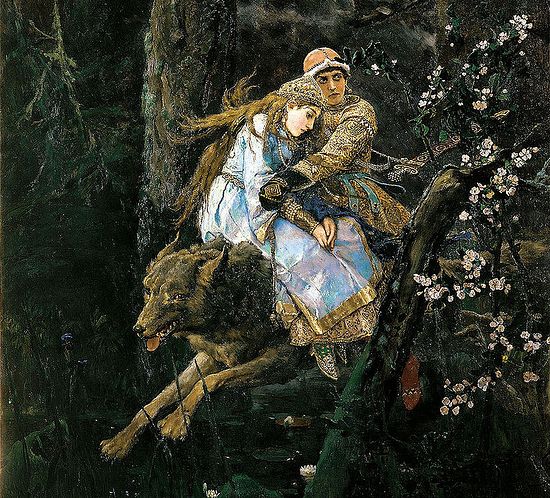If you want to teach a child not to do something, then clear directions and consistent discipline will generally do the trick. However, if you want to teach a child not to do a certain kind of thing, something completely different is called for. Most likely, you will have to resort to stories. Stories tell us about characters. Characters in good stories (particularly good children’s stories) are more than simple individuals with complex and unpredictable behavior. Such individuals would be of no more use in training a child, than reciting random numbers is for teaching math. What we want in a character, is, well character. We need them to be a certain kind of person (or dragon, etc.). People, including children, make sense of the world through the stories they know. Children without stories are forced to stumble through the world without a clue.
This is not only true of children, but of people in general. We know of no human culture that has no stories (there might be modern story-less settings, but that is an indictment of modernity itself). Stories can entertain, but, more importantly, they shape our understanding of the world. Of course, there are some basic requirements for such stories.
The stories have to ring true. This doesn’t mean that they actually have to be true on the level of a factual account, but if they do not have the character of truth, they will be short lived, having been of little use. They also need to work on a deep level. Critics of religion often like to point out the similarity between stories from different religions, using that to disparage their reliability. But the opposite is the case. Some stories are so important, so fundamental to human existence, that they show up in many forms, some rooted in history, some rooted in fiction, or even deeper places within the heart.
The repetition of a story in a variety of forms points to its centrality and essential worth. It is so important that if you don’t know one version, you’ll make up another.
Christian believing is rooted in a story. It is a story that Christians believe really happened (and they have a good historical case for holding this to be so). It is a story that has echoes in the stories of many cultures. This doesn’t weaken its historical claims. Rather, its historical claims validate the importance of the other stories.
For Christians, the story of Jesus is the essential and primary story. It is the story through which all other stories are understood. There are precursors and foreshadowings of the Jesus story in the Old Testament. Some of those stories, or some parts of those stories, have a basis in history themselves. That is a point to be debated by scholars, historians, archaeologists, and the like. Their debate, however, cannot change the stories themselves – for what we have of history are the stories from within that history.
A commenter recently described religion as a “fairy tale.” Many fairy tales are religious, but all religious stories are not fairy tales. A child who is robbed of fairy tales (or stories we take to be fairy tales) will be impoverished, perhaps bereft of important characters. But the similarity between Christianity and fairy tales is not an indictment of fraud. It is only what we would expect to be true if ever there were such a thing as a transcendent-Truth-become-fact.

